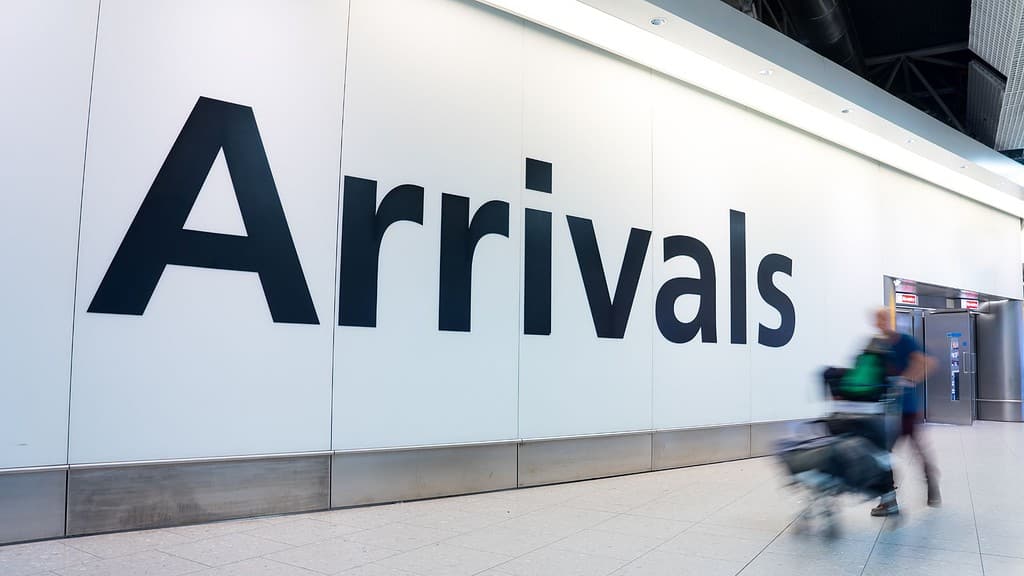Attracting the Best report
05 Jul 2004
Summary:
- Universities in the UK are routinely experiencing difficulties in recruiting and retaining world-class researchers in science and engineering.
- The market for top-class researchers is complex, and is driven by factors such as the degree of freedom to pursue one’s own research, the level and nature of teaching commitments, the amount of bureaucracy and administration, the availability and standard of facilities and equipment, the availability of project funding, and the level of remuneration.
- Handling variations among individuals’ interests in these various factors requires a more sophisticated menu of options than at present, in which people can choose different proportions of research, teaching and administration, in return for different packages of benefits from their employers.
- Nevertheless, average salaries will need to rise of the Higher Education sector is to remain competitive.
- A proposed average salary trajectory is presented, together with arguments and market comparisons to justify both its shape and the quantification.
- If other factors were held roughly constant, the proposed trajectory would strongly alleviate the financial pressures on individuals, and hence make substantial progress in reversing recruitment and retention difficulties.
- The total cost of proposal would be approximately £250 million per year if it were implemented for research-active permanent staff in science, engineering and technology at English universities.
- Although the average trajectory is presented, our proposal envisages a substantial increase in the variance of salaries, so that people would be paid more where the market demands it. The scheme involves a small number of people being paid very substantially more than the majority.
- Implementing the scheme will require changes in the way salaries are negotiated.
- More will need to be done to ensure that under-represented groups, especially women, are attracted into scientific careers, if the UK’s universities are to recruit and retain the best researchers from the widest possible pool of talent.
- Mechanisms such as the Research Assessment Exercise need to accept that some research-active staff who have returned to research after a period of absence will need time to up-date their knowledge of their fields, and will need at least two or three years before they can be expected to achieve the same level of output as their colleagues who have not had a break in their careers.
- Some new data are presented on the current level of academic salaries in the sciences.

Attracting the Best report
DownloadRelated resources

A week on from the publication, Policy Manager Camilla d’Angelo takes a look at some of the questions that remain to be resolved and what to expect next for the Immigration White Paper.

Policy Manager Camilla d’Angelo takes a look at what the Immigration White Paper means for attracting international R&D talent to the UK.

In advance of the forthcoming Immigration White Paper, CaSE and 35 other organisations have written to select Westminster Parliamentarians.

This briefing summarises attitudes to immigration, international students and researchers, and their impact on UK R&D. It is based on evidence from a nationally representative survey of 4,100 UK adults in June 2024 and two focus groups in December 2024.